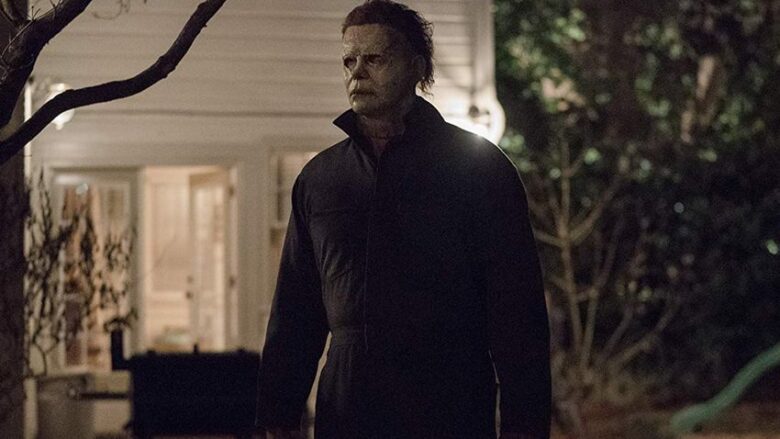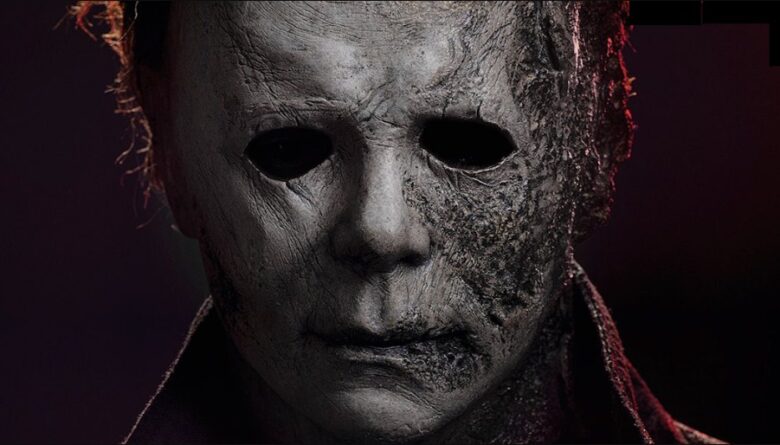The Halloween movie franchise is a scary one. The principal reason for it was good costumes. Today, everyone knows who is Michael Myers. His mask is one of the most recognizable Halloween outfits. It was John Carpenter who created this mask, and had this to say about it: “We get closer and closer until we see that the shape is a Halloween mask. It is a large, full-head latex rubber mask, not a monster or ghoul, but the pale, neutral features of a man weirdly distorted by the rubber. Finally, the CAMERA MOVES IN CLOSE on the eye of the mask. It is blank, empty, a dark, staring socket.”
The initial movie created a franchise that now has prequels, sequels, and standalone pictures. With each film, the mask changes, and in this article we’re going to talk about its evolution. There are ten movies and as many masks. Let’s see what we have in store for you.
Halloween (1978)
The first mask is the epic one. It was created after a long debate, and many attempts of creating something unique. It was the creation of Don Post Studios, and after a few changes by the production designer Tommy Lee Wallace, we got the mask we know today. This is what Wallace told about it:” When the guy came out and modeled The Shape mask, it just took our breath away it was so scary looking. To this day, I can’t quite explain why. It’s just really primal. But we knew at that point that we had a horror movie because man you could just set up the camera and [film] that guy standing there and you’ve got a scary scene already.”
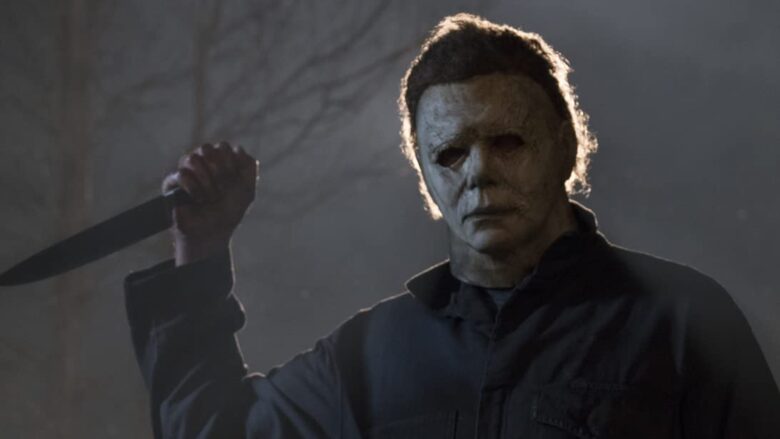
Halloween II (1981
)
In the sequel, we get a bit changed original Myers mask. The sequel came three years after the original picture, and the mask suffered a bit. Debra Hill, the producer, kept the mask under her bed, and due to her constant smoking, the mask got a bit paler, and the hair parts fell off. So, some parts got replaced, and others more exposed, so we got a bit of a new look. The actor playing Michael also changed, so the mask had a different fit.

Halloween III: Season of the Witch (1982)
This piece doesn’t have Michael Myers in it. It came to be as an attempt to make movies based on Halloween and not on Myers, so Carpenter and Hill went with this approach. Halloween III: Season of the Witch (1982) is the product of their mutual idea, so we have different masks. Tommy Lee Wallace was also part of the crew, and the movie was set up to be a success. Instead, it failed miserably as people were expecting more of Myers. This failure was a lesson for everyone involved and in the next piece, we have Michael back.
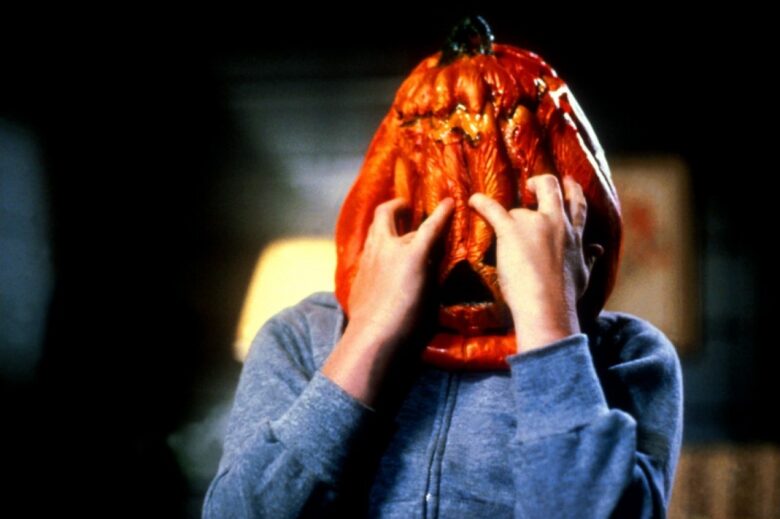
Halloween IV: The Return of Michael Myers (1988)
1988 signals the return of our beloved villain. Considering that a substantial amount of years has passed since the first film, the mask had to be redone from the scratch. The director Dwight H. Little was behind the process. The original mask was gone, and the process of making a new one wasn’t easy. Once it was completed it differed from the original as it was whiter, with smaller eye holes, and a new expression. The worst part is that during the filming three different masks were used, and the final product was a bit messy.
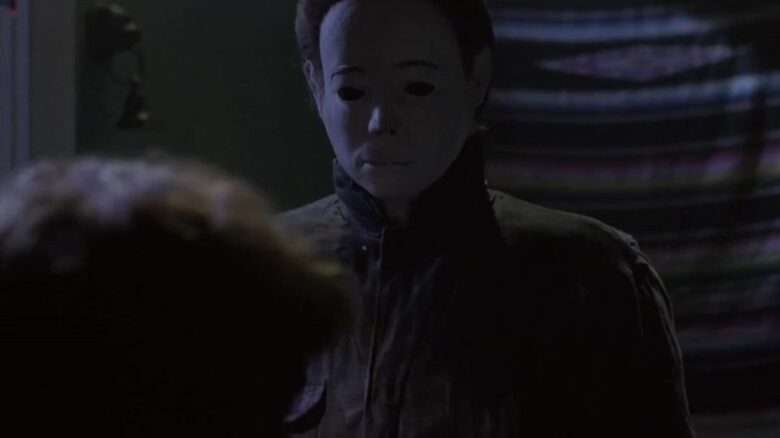
Halloween V: The Revenge of Michael Myers (1989)
Despite the previous version being all over the place, the franchise continued living. I this part, the mask plays a side role, as, during most of the film, Michael lurks in the shadows. The issue of the mask wasn’t solved in this piece and the director addressed it:” During the casting for Michael, I tried the mask created for H4 on Don Shanks, a great actor, and stunt man and I remained perplexed in front of his performance. How could I make this character feel human and alive when he has no right to speak and when we can not see his facial expression? As latex is a perishable material, we had to create a new series of masks for him and with the KNB SFX team we went for a human interpretation of evil.”
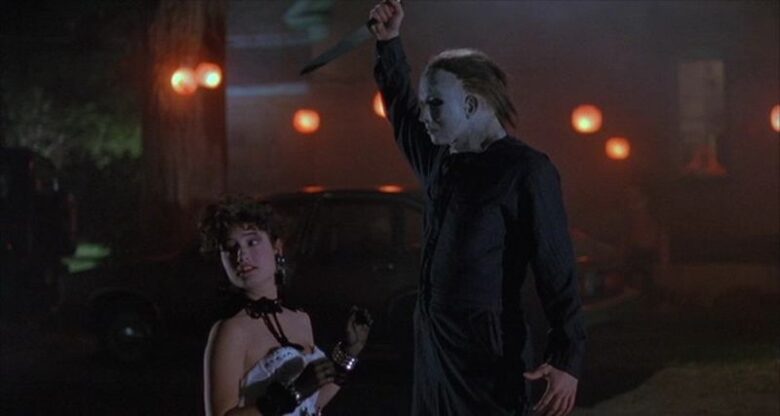
Halloween VI: The Curse of Michael Myers (1995)
While this piece had some plot holes, the mask vastly improved. It was returned to the roots as this mask was intended and partially succeeded to be like the original one. Screenwriter Daniel Farrands wanted it to be like this, and it is an homage to John Carpenter. Talking about the intentions, Daniel said: “That’s what’s so cool about the mask is that you can paint anything onto that you want. He’s this blank canvas of evil.”
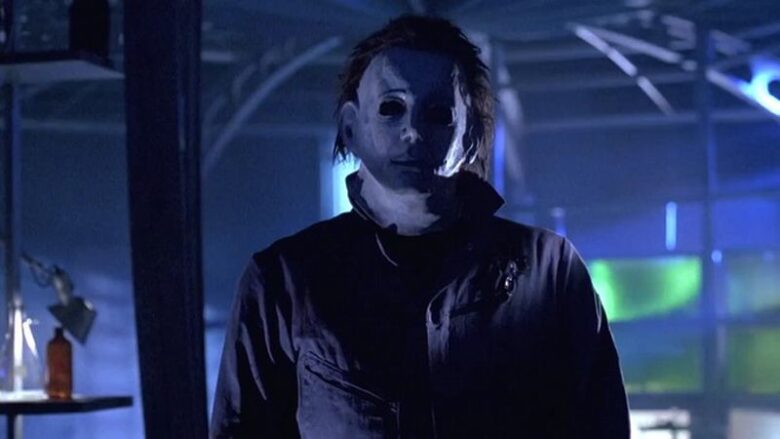
Halloween H20 (1998)
This one is a record-setting movie in the franchise as it includes more masks used than in all previous parts combined. The writer for this movie was Meghan Navarro, and this is what she said about the masks included in filming: “A mask recast from the mask used in The Curse of Michael Myers, a mask designed and created by KNB FX, a Stan Winston company designed mask brought in for reshoots, and the embarrassing CGI mask.” Winston’s mask was used throughout most of the film, but upon re-shooting some of the scenes, a CGI one was used.
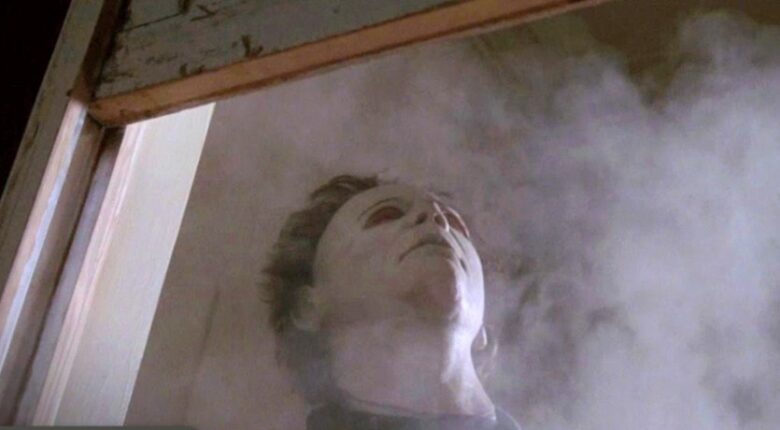
Halloween: Resurrection (2002)
With the start of a new millennium, a new Michael was born. In this part, he is on a hunt for a group of reality TV stars. A new era has dawned on the television and movie industry and this film tried to combine as many aspects as possible. The mask had s a few more details and was more well-rounded than ever before. A new method of filming was also used, so the mask had to be altered. Because of this, we got a whole new product and a new shape of the franchise.
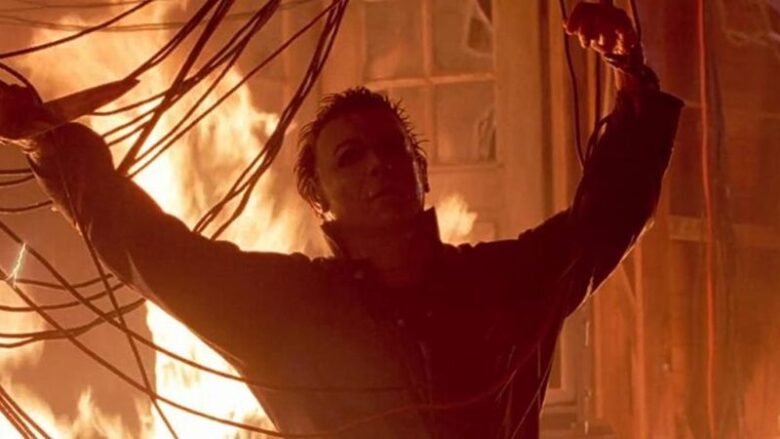
Halloween (2007)
The 2007 version sees a new appearance of Michael Myers, and it is a product of Rob Zombie. This musician and horror amateur wanted to bring the franchise to its roots, and an attempt was made to make a mask as close to the original possible. The goal also had the ambition to change some major details so the mask was scarred across the face and the neck. He wanted for Myers to be more brutal: “He just is that mask. We never really see his face as an adult, and the classic white mask becomes his adult identity.”
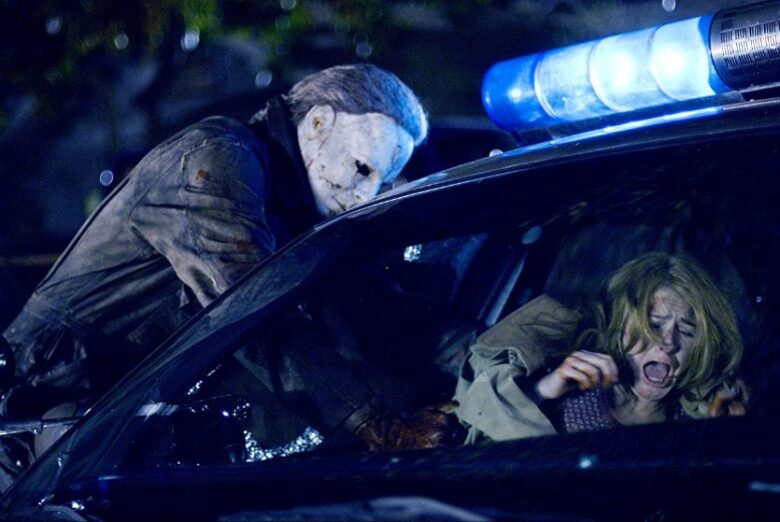
Halloween II (2009)
This sequel follows the goals and ambitions set by Zombie in the previous film. Now, the mask is not only scarred, but it also falls apart. Talking about these details Zombie said: “I think that right from the get-go, the mask that Wayne Toth (Transformers) made for us, Tyler Mane playing Michael, to me, that’s not sacrilege; that is someone taking this… seriously and investing the time. With the exception of the original, when you look back at the rest of the Halloween movies, they look pathetic to me.”
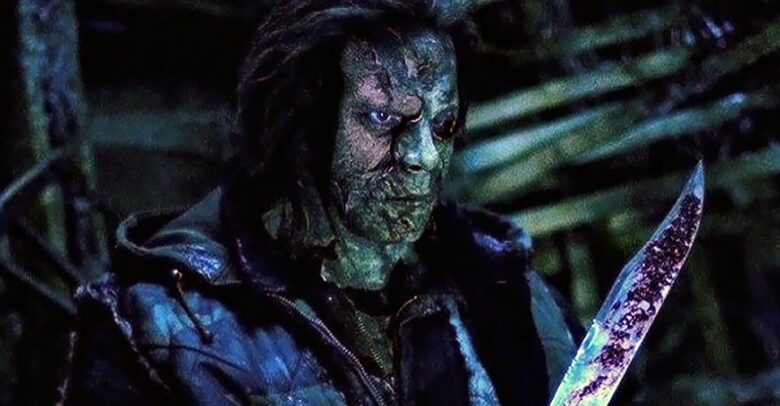
Halloween (2018)
The hiatus lasted for almost a decade before David Gordon Greene decided to continue the work started by Carpenter. He ignored most films following the original ones and decided to start there. Like you could guess a new mask followed. Talking about his thoughts and ideas regarding the creation of the masks Green said: “You have to have that familiar silhouette, so we quickly went back to that original look, and eased into the weathering very slowly, started very small, and then got to a point where we felt like, “Okay, we can’t go any further without distorting or taking away that silhouette and that look that everybody loves, and wants to see so much.”
